Logo:xcyz95gr92y= Dollar

In today’s fast-paced digital economy, the concept of a logo dollar has emerged as a powerful tool for businesses looking to enhance their brand identity. As companies strive to stand out in a crowded marketplace, investing in a distinctive logo becomes crucial. The logo dollar represents the value that a well-designed logo can bring to a brand, influencing everything from customer perception to market positioning.
A compelling logo isn’t just a visual symbol; it’s a strategic asset that can drive consumer trust and loyalty. Businesses that understand the importance of the logo dollar are more likely to see a return on investment through increased brand recognition and customer engagement. As competition intensifies, leveraging the logo dollar effectively can be the key to unlocking a brand’s full potential, making it an essential consideration for any business aiming to succeed in today’s competitive landscape.
Understanding Logo Dollar
The logo dollar concept represents the investment businesses make in creating a distinctive logo that can drive brand value. It’s not merely an expenditure; it’s a strategic investment that significantly impacts brand visibility and market differentiation. Companies allocate resources to logo development and refinement, considering it essential for capturing consumer attention and establishing a lasting brand presence.

A well-crafted logo becomes a focal point in marketing efforts. When executed effectively, it conveys the brand’s values and resonates with the target audience, fostering an emotional connection. This connection often translates into customer loyalty and can lead to higher conversion rates. In a digital-first world, logo dollars hold immense weight in defining a brand’s online persona and can be a deciding factor for customers choosing between competitors.
In addition to aesthetics, businesses consider practicality when allocating logo dollars. Scalability and adaptability across various platforms and devices are crucial. Logos must be versatile, maintaining their integrity whether displayed on a billboard or a smartphone screen. Investing in a logo that meets these requirements ensures long-term returns, as it remains effective across different marketing channels.
Successful allocation of logo dollars involves strategic planning and often includes collaborating with professional designers who understand the nuances of brand identity. Businesses that prioritize this investment are better positioned to navigate the complexities of the digital economy, gaining competitive advantages through heightened brand recognition and customer engagement.
History Of Logo Dollar
The term logo dollar emerged alongside the evolution of branding strategies in the late 20th century. As brands began recognizing the impact of visual identity, investing in quality logos became critical. In the 1980s, the rise of global corporations emphasized the need for recognizable symbols, leading to increased spending on logo design. Companies like Nike, with its signature Swoosh, and Apple, with its iconic apple silhouette, demonstrated how a well-designed logo could encapsulate brand values and enhance market reach.
By the early 2000s, the digital revolution further influenced the concept of the logo dollar. As online presence became paramount, businesses prioritized logos that could effectively communicate across digital platforms. Design trends evolved to focus on simplicity, ensuring logos maintained clarity on various devices. This shift highlighted the logo dollar’s role in digital branding strategies.
Today, the history of logo dollar reflects how the investment in logos has transformed from an optional marketing choice to a fundamental brand necessity.
Features Of Logo Dollar

The logo dollar concept underlines the importance of attributes that elevate a logo’s impact on brand identity. Understanding these features assists businesses in maximizing their investment in logo design.
Unique design elements set a logo apart in the competitive market. Iconography, typography, and color selection play crucial roles in achieving differentiation. Iconography uses symbols that reflect brand values, while typography ensures readability and complements the overall aesthetic. For instance, brands like McDonald’s utilize unique arches that resonate globally. Colors, such as Nike’s iconic swoosh’s black, evoke specific emotions and metaphors aligning with the brand’s mission.
Material and quality affect a logo’s adaptability across various mediums. Digital and print implementations require logos that maintain clarity and integrity. Vector graphics are preferred for scalability without losing quality. High-resolution formats ensure logos look crisp on screens and printed materials alike. Apple demonstrates this flexibility through their sleek, minimalist apple icon, which retains quality across diverse formats. High-quality execution enhances perception, reinforcing the brand’s commitment to excellence.

